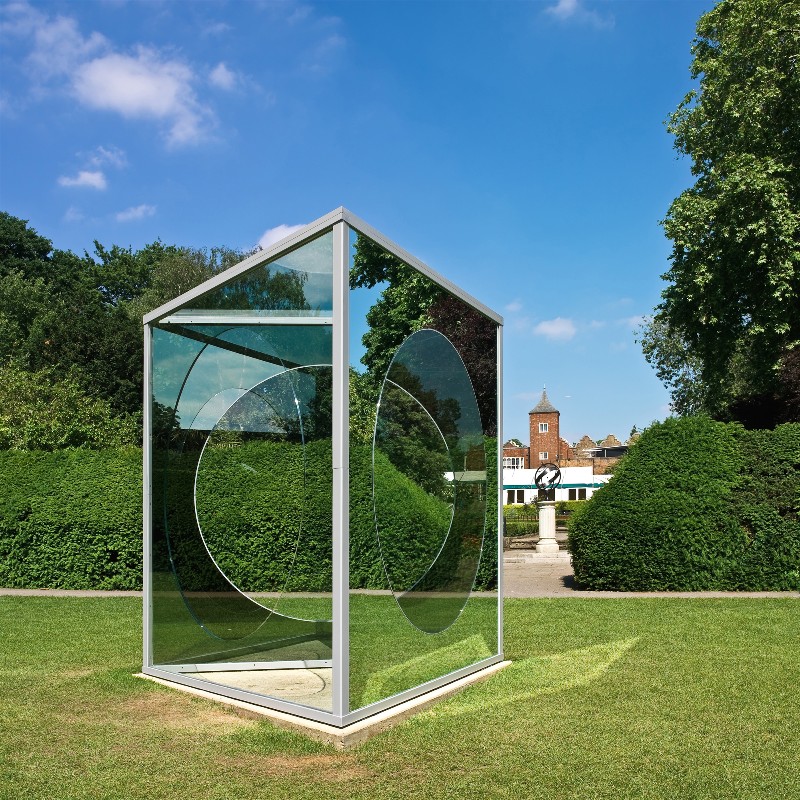In the new March–April 2016 issue of the New Left Review, Zoë Sutherland surveys the history of Conceptual Art as it unfolded in the US, Japan, Western Europe, the Soviet Union, Eastern Europe, and Latin America to answer a key question: was Conceptualism the first truly global art movement, as some of its adherents claim? An excerpt:
Conceptualism has always had a special relationship to the question of the global. The issue of its geographical mapping is linked to that of the determinate bounds of artworks and practices—something often explicitly thematized in conceptual works themselves—and a conscious orientation to this question was evident within the movement by the late 1960s, when tensions emerged over whether it constituted an American or an international phenomenon, a reductive formalism or a radically inclusive ‘free-for-all’. Dominant figures in the United States, such as Lucy Lippard, Seth Siegelaub and Joseph Kosuth, presented it as fully international, as facilitating global connectivity and artistic reach. Yet for Luis Camnitzer, a Uruguayan artist working in New York at the time, such claims obscured the exportation of ‘contemporary colonial art’. From the late 1970s, German art historian and critic Benjamin Buchloh effectively defined Conceptualism as proper to the European and American hegemonic centres, though Siegelaub disputed Buchloh’s emphasis on Manhattan.
Then in the early 1990s, as a lucrative Neo-Conceptual movement consolidated its position in an expanding global art market, Conceptualism was proclaimed the first global art form. In a series of articles and exhibitions—mostly on US soil—Mari Carmen Ramírez presented Latin America as the exemplar of Conceptualism’s global character. Ramírez became a core reference for inscriptions into an emerging narrative of global conceptualisms, cementing an image of Latin America as radical other to the US’s formalism. [5] The landmark 1999–2000 exhibition Global Conceptualism: Points of Origin, 1950s–1980s was decisive in extending this story, inviting eleven international curator-essayists to formulate accounts of their respective regions. [6] The unifying idea was that Conceptualism had spontaneously proliferated worldwide in two waves—1950–73 (in the US, Japan, Western and Eastern Europe, Latin America, Canada, Australia), and 1973–89 (in the Soviet Union, South Korea, China, Africa)—as a set of strategic responses to the socio-political effects of the consolidating global economy.
In its drive for inclusivity, the exhibition stretched the definition of Conceptualism to the verge of indeterminacy, and the regional accounts in its own catalogue were sometimes in tension with the unifying idea. In relation to 1960s–70s India, Apinan Poshyananda explained that anti-American sentiment had brought resistance to Pop and Conceptual Art and, citing Siva Kuma, that experimentation had been inhibited by entrenched colonial pedagogy. Okwui Enwezor denied the existence of anything like a Conceptual movement in 1970s Africa, citing a few ‘isolated’ and ‘scattered’ examples. Regional studies of conceptual practices have since proliferated, with some attempts to return to more determinate analyses of the artistic landscape, seeking to qualify—rather than deny—the clear dominance of the hegemonic centres.
The indeterminacy of Conceptualism as a movement may be grounded in certain generic aspects of artistic modernity. As John Roberts has claimed, ‘the most fundamental shift of modernism was less the move to painterly abstraction than the subsumption of art under the logic of art’s conceptual and formal conjunction’. If modernist art practice is schematizable into two moments, or modes of response to the crisis of the art object—on the one hand, a ‘Greenbergian’ self-interrogation within existing terms; on the other, avant-garde experimentations in Peter Bürger’s sense, which throw into question the artwork as such, and thereby the status of art as social institution—much of the latter can be construed as ‘conceptual’ in some sense. Thus the globality of ‘conceptualism’ may partly be that of a generic aspect of modernist art, itself already quite geographically dispersed by the time a self-identifying Conceptualist movement emerged in the 1960s.
Image of Dan Graham piece via Marian Goodman Gallery.
